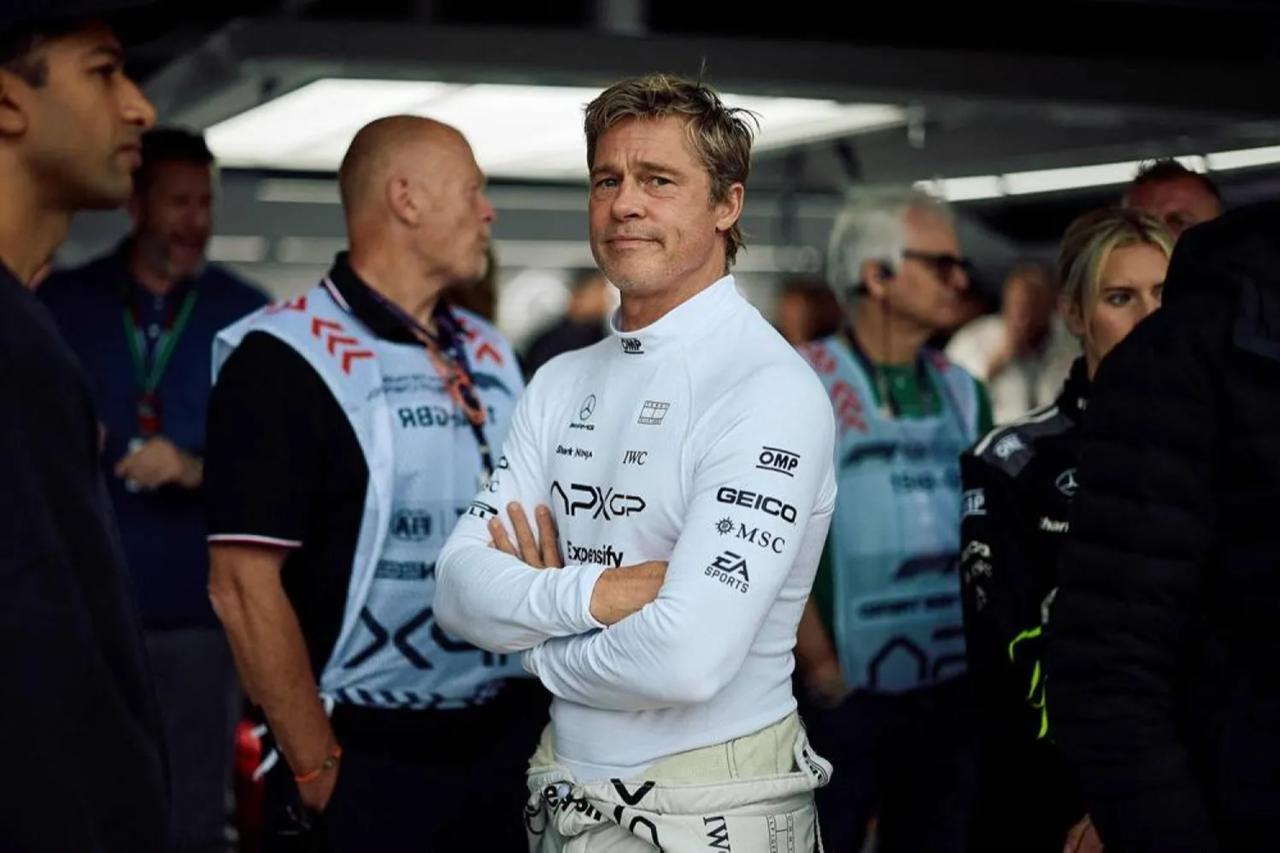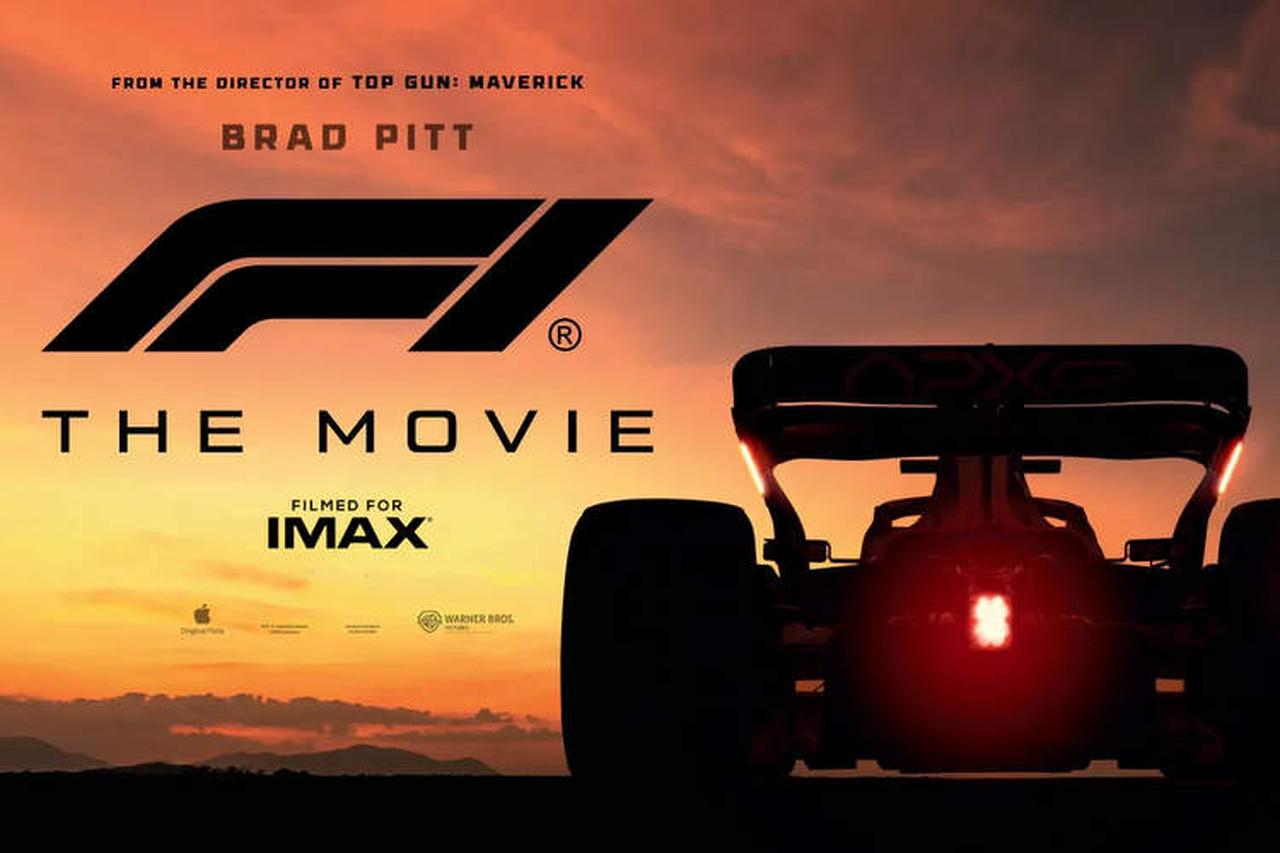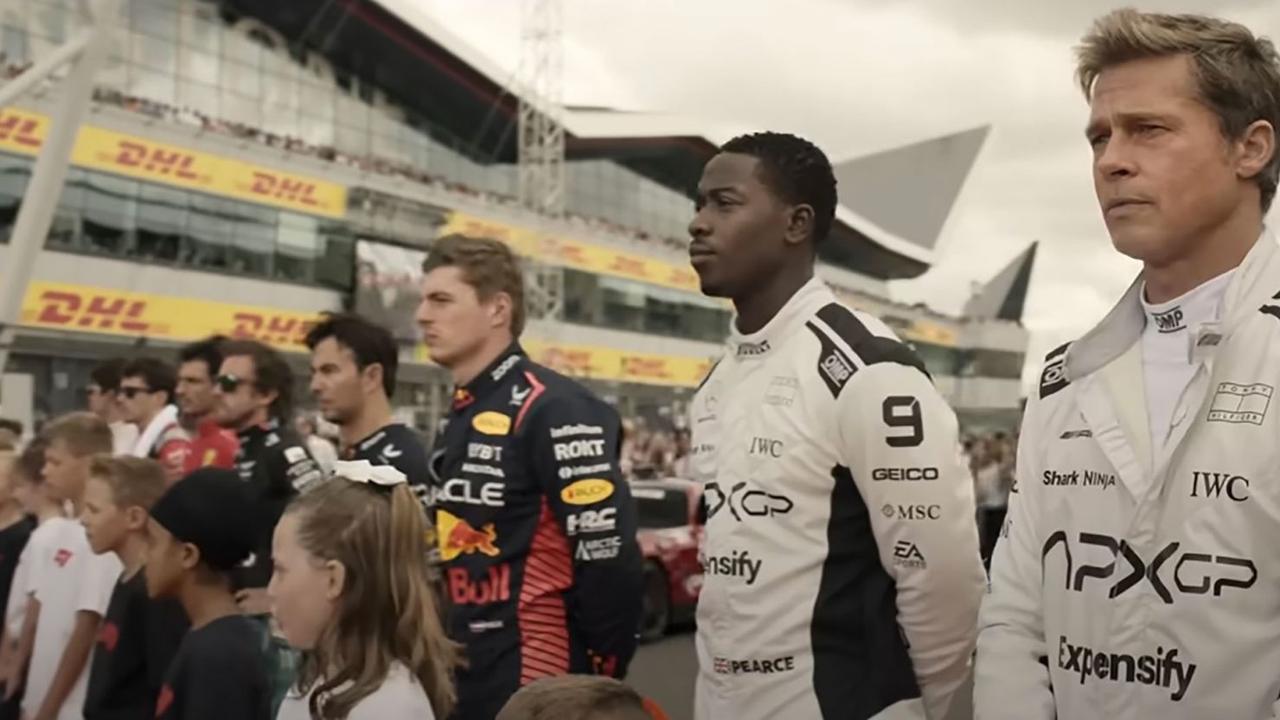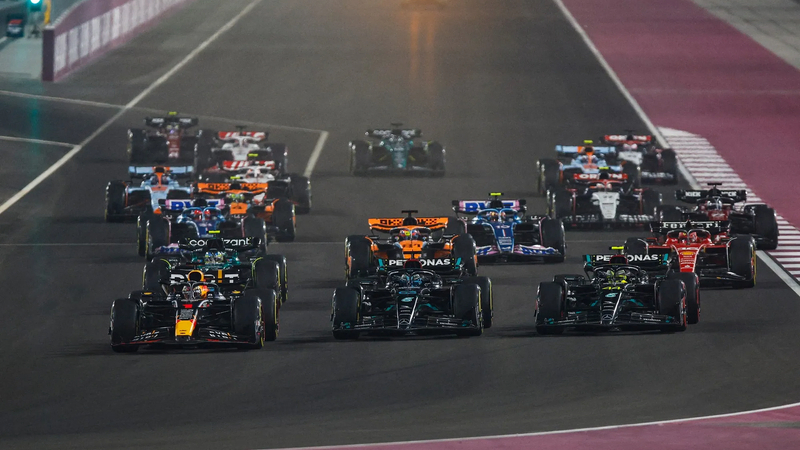
The 2025 American sports drama, "F1: The Movie," takes place in the competitive world of Formula 1 racing. Directed by Joseph Kosinski, also known for "Top Gun: Maverick," it stars Brad Pitt as legendary Formula 1 driver Sonny Hayes. It is an intense sports drama that gives viewers a driver’s viewpoint of an F1 car.
The film plunges audiences into the dangerous, high-octane world of F1, meticulously focusing on the intricate strategies, collaborative teamwork, and split-second decision-making that define the sport.
The narrative centers on Sonny Hayes (Brad Pitt), an aging American racing driver and former Formula 1 prodigy whose promising career was abruptly cut short in the 1990s due to severe injuries sustained in a 1993 crash. Hayes ends up adopting a nomadic lifestyle, grappling with personal challenges including a gambling addiction and three failed marriages.
Thirty years later, the story continues with Hayes being approached by his former teammate, Ruben Cervantes (Javier Bardem), who now runs the financially troubled APXGP F1 team and finds themself at the bottom of the World Constructors' Championship standings. He faces an imminent sale unless he secures a victory in one of the remaining nine Grands Prix of the season.
Sonny Hayes reluctantly agrees; however, he is brought not only to race but also to mentor the team’s young talent, Joshua Pearce (Damson Idris), a confident rookie whose arrogance hides underlying fears about his future in the sport.
As Hayes and Pearce tackle the competitive world of Formula 1—where teammates often become each other’s greatest rivals—the movie examines the tension and friendship between them. The story explores themes of legacy, atonement, and the unrelenting quest for victory in one of the most challenging sports in the world.

Director Joseph Kosinski and cinematographer Claudio Miranda's vision for "F1: The Movie" led to a visual fabric that marks a major advancement in cinematic reality. They created an “in-the-seat” viewing experience, similar to their acclaimed work on "Top Gun: Maverick," providing audiences with a firsthand perspective of Brad Pitt and Damson Idris behind the wheel.
A core component of this visual strategy involved the creation of specialized race cars for filming. The Mercedes-AMG Formula One team worked directly with the production to build six custom Formula 2 cars, meticulously adapted to visually resemble F1 cars. These cars were made from the ground up with 16 distinct mounting points for cameras and specialized bays to house batteries, recorders, and receivers, making them purpose-built machines for cinematic capture.
Both Apple and Sony contributed custom camera systems tailored for the unique demands of F1 filming. Apple's engineering team designed specific camera modules that precisely matched the dimensions, shape, and weight of standard F1 broadcast cameras.
The extensive investment in custom camera systems from Apple, Sony, and Panavision, alongside the development of the specifically designed F2 cars, clearly demonstrates an immense commitment to capturing practical, in-camera footage.
Director Kosinski noted that while the film heavily relies on practical elements, "there are incredible visual effects in this film.” This leads to an intriguing paradox: the film's marketing emphasizes its realistic tone, implying little CGI, yet the director confirms a substantial amount of VFX was used.
Filming took place during actual Formula 1 Grand Prix weekends in 2023 and 2024, including at iconic circuits such as Silverstone, Spa-Francorchamps, Monza, Suzuka, Zandvoort, Las Vegas, Yas Marina, and the Hungaroring. This on-location filming provided a highly immersive experience, capturing the genuine atmosphere and dynamism of a live race.

A defining characteristic of "F1: The Movie" is the extraordinary level of collaboration it achieved with the sport itself. The Federation Internationale de l'Automobile (FIA), Formula 1's governing body, actively collaborated in the production, allowing for the adaptation of footage from the real 2023 and 2024 World Championships. This meant that real-life F1 teams and drivers, including expert drivers like Lewis Hamilton, Max Verstappen, Charles Leclerc, and George Russell, all made appearances throughout the film.
The sheer depth of collaboration from Formula 1's governing body, real teams, and active drivers, particularly with Lewis Hamilton serving as a producer, is truly remarkable for a fictional film. Beyond just providing technical access, their significant engagement gives the movie a strong sense of legitimacy.
Hamilton's direct advice on the technical and competitive aspects of the sport was invaluable, ensuring that portrayals were as accurate as possible. F1 drivers cited Hamilton’s influence as making the film “super realistic” in many aspects. Furthermore, Mercedes-AMG Petronas, the team Hamilton drove for until 2024, played a key role in adapting the Formula 2 cars used for filming to convincingly resemble F1 cars.
This level of collaboration and contribution elevates the film beyond simple fan service, transforming it into a genuine attempt to capture the sport's essence.

The film received positive reviews from critics, who praised its immersive racing sequences, technical authenticity, and Brad Pitt’s performance as Sonny Hayes. The reception from actual Formula 1 drivers has also been largely positive, though consistently accompanied by the acknowledgment of a "Hollywood" influence, referring to dramatic exaggerations or deviations from strict realism.
Esteban Ocon highlighted that the film avoids common racing movie cliches, noting, "it's not like there are 20 gears; it's not like it is 20% off throttle the whole race ... All of these things make sense, and even the strat mode with the battery and they're locking up in Silverstone on the last corner". Fernando Alonso remarked that "the majority, or nearly all, of the movie, in terms of track action and things like that—it was very, very original and very representative".
The “Hollywood” elements are very visible and easily identifiable. Exaggerated rivalries, sudden and dramatic career changes, and intense personal conflicts, all amplified for cinematic effect.
The nuanced feedback from F1 drivers reveals a clear understanding that the film operates within a "docu-drama" spectrum. They acknowledge and praise the immersive racing sequences and technical accuracy while simultaneously recognizing the narrative's "Hollywood-esque" embellishments.
"F1: The Movie" didn’t disappoint in what it wanted to show both visually and narratively. A film experience I hadn’t had since "Top Gun: Maverick". All thanks to director Kosinski, whose vision and directing style have been growing on me.
I admire the way "F1: The Movie" doesn’t make you feel clueless about the world of Formula 1 and all its technical aspects, as I, myself, had almost little to no knowledge about anything related to Formula 1, and I came away learning something new.